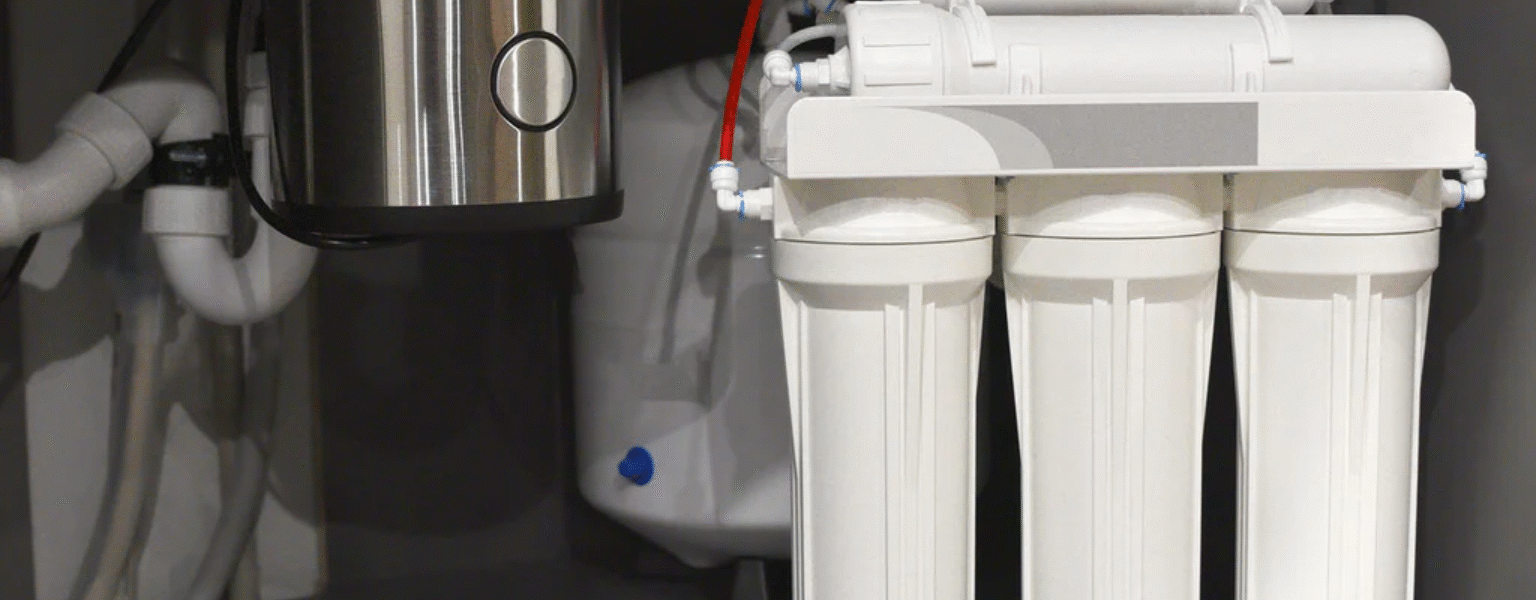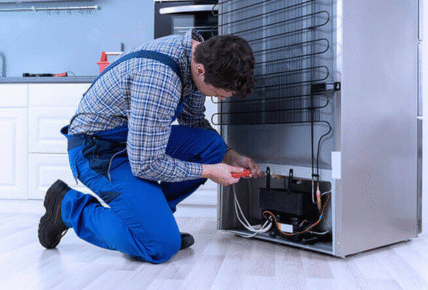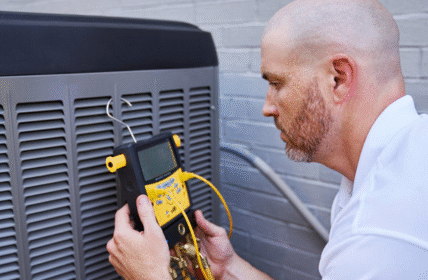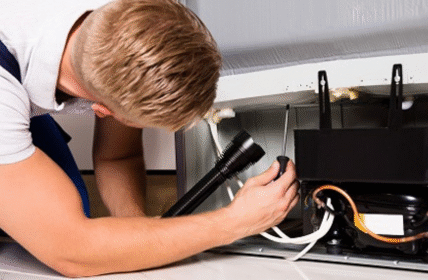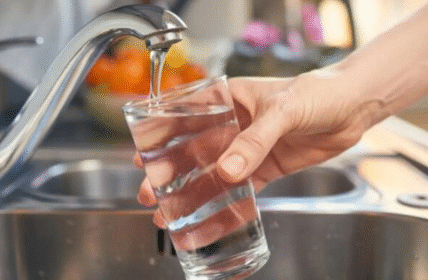If you’ve ever stood at the kitchen sink, filled a glass, and thought, “This doesn’t taste quite right,” you’re not alone. Water is one of those everyday essentials we tend to take for granted—until something goes off. Maybe there’s a slight chlorine tang, or maybe the glass looks cloudy when the sunlight hits it just so. That’s usually the point when people start wondering whether their home setup needs more than just a filter change.
We live in an era where our coffee machines are smarter than the ones that landed astronauts on the moon, yet many of us are still relying on water systems designed decades ago. The truth is, water technology has come a long way, and sometimes a little tweak isn’t enough—you might be due for an upgrade.
Why Old Water Systems Stop Cutting It
Like most household systems, water treatment doesn’t last forever. Filters clog, membranes weaken, and those older machines that once seemed “top-of-the-line” can’t always keep up with today’s water challenges. Municipal supplies add chemicals, pipes age, and rural wells bring their own quirks like iron or sediment.
And let’s be real—our expectations have shifted too. People aren’t just looking for “safe to drink.” They want fresh, crisp, clear, almost spa-like water at home. If you’ve ever compared bottled spring water to what comes out of your tap, you know the difference. That gap is exactly why many homeowners eventually start considering a reverse osmosis upgrade. It’s not just about removing the bad stuff anymore; it’s about creating a consistently pure experience.
The Signals Your Water System Is Waving at You
Sometimes, your system will practically shout that it’s had enough. Other times, it whispers. Either way, here are some signs it’s time to pay attention:
- Taste and odor changes. That metallic zing or faint smell of sulfur? Not normal.
- Visible buildup. White chalky spots on glasses, mineral crust around faucets.
- Declining pressure. If your system’s working harder but delivering less, something’s clogging or failing.
- Age. If it’s been more than a decade since you installed your unit, there’s a good chance better, more efficient technology now exists.
Think of it like your smartphone. Sure, your old phone technically works, but once it’s outdated, sluggish, and missing modern features, you eventually replace it. Water systems aren’t much different.
When a Simple Fix Becomes a Full Upgrade
Many homeowners start by swapping filters or calling a plumber to replace a worn part. Sometimes, that’s enough. But if you’ve been band-aiding issues for years, it might be smarter to step back and invest in a proper water treatment system upgrade.
Newer systems are designed to be more efficient, both in performance and maintenance. They waste less water, take up less space, and often last longer before needing parts replaced. You’re not just fixing problems—you’re getting ahead of them.
Think of it like trading in a car. Sure, you could keep patching up your old sedan, but eventually the cost of repairs outweighs the investment in something new, reliable, and designed for today’s roads.
The Rise of Smarter, Sleeker Systems
Here’s the fun part: modern water systems aren’t just functional—they’re kind of impressive. Manufacturers are blending science and convenience in ways that feel futuristic. Some units can even alert you when filters need changing. Others connect to smart home apps so you can track usage or detect leaks before they become disasters.
A modern water system upgrade isn’t only about purity; it’s also about lifestyle. Imagine knowing your kids’ sports bottles are filled with water that’s not only safe but genuinely tastes better. Or making coffee that actually tastes like the beans you paid extra for, instead of whatever your tap added to the flavor profile. It’s a small shift that ripples into your daily life more than you might expect.
Cost vs. Value: The Real Question
It’s fair to say upgrades don’t come free. A new water system is an investment, and plenty of people hesitate at the upfront cost. But here’s the perspective that often changes minds: what’s the cost of not upgrading?
Bottled water adds up quickly. Appliance repairs caused by mineral buildup? Expensive. Not to mention the health implications of drinking water that’s “technically safe” but far from ideal.
When you stack those hidden costs against the price of an upgrade, the math usually tilts in favor of making the switch. Plus, a modern, efficient system often pays for itself over time in lower maintenance, less waste, and yes—better tasting water straight from the tap.
Making the Transition Less Overwhelming
If you’re the type who gets overwhelmed by choices—carbon filters, UV disinfection, ion exchange, reverse osmosis—don’t worry. You don’t need to become a water scientist overnight. Start simple:
- Test your water. Many companies offer free tests, or you can buy a DIY kit.
- Identify priorities. Is your main concern taste, contaminants, hardness, or all of the above?
- Talk to experts. A reputable installer or supplier can help you match the right technology to your specific needs.
The important thing is to approach it as a long-term investment in your home and health. Once it’s set up, you won’t have to think about it constantly—you’ll just enjoy the results.
Looking Ahead: The Future of Clean Water at Home
It’s easy to overlook water because it’s so constant, so routine. But when you finally upgrade, the difference is hard to ignore. Suddenly your tea tastes brighter, your ice cubes look crystal clear, and washing vegetables feels cleaner. It’s one of those behind-the-scenes changes that quietly improves everyday living.
The reality is, water treatment technology isn’t slowing down. Just as our homes are getting smarter with thermostats, security systems, and lighting, water is the next frontier of convenience and wellness. And unlike the latest gadget, this isn’t about luxury—it’s about health, sustainability, and quality of life.
Final Thoughts
If your water system has been limping along, delivering “just okay” results, maybe it’s time to rethink things. Don’t wait until the glass in your hand tastes like a swimming pool or your pipes start protesting. Start exploring your options, run a test, and see what a difference the right system can make.
After all, water isn’t just another utility bill—it’s the foundation of daily life. Every sip, every meal, every shower starts here. So why not make it the best it can be?

